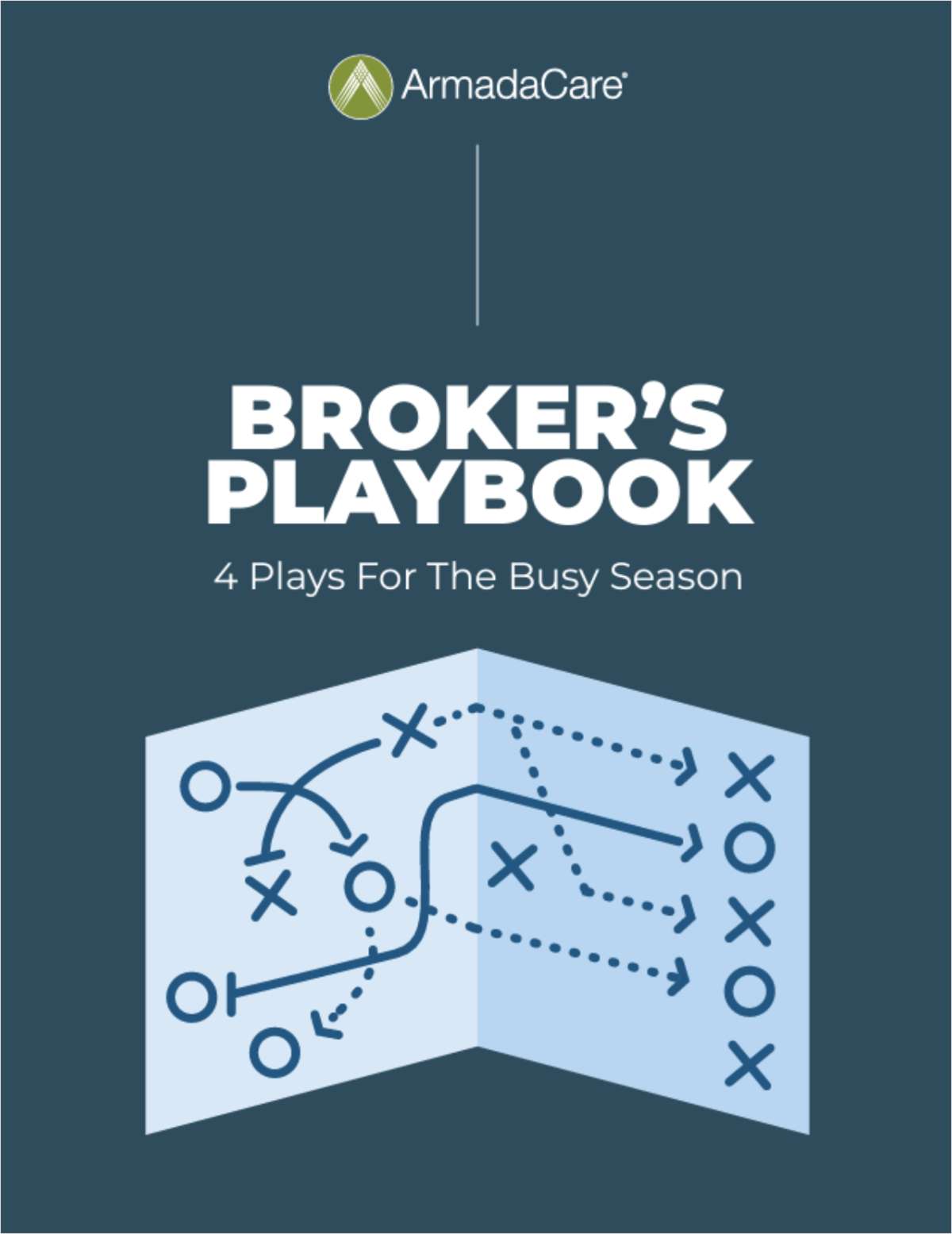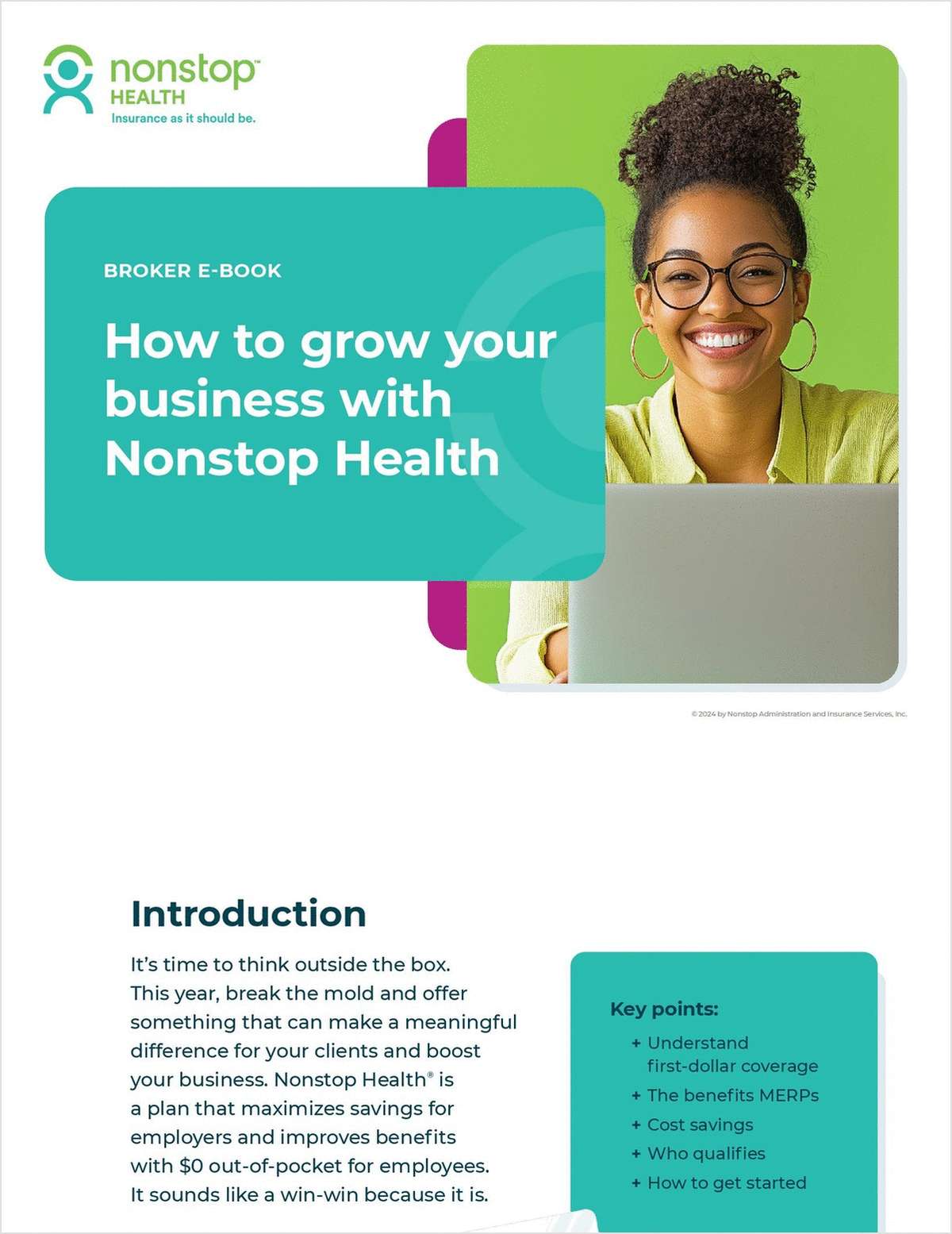Question: Michael, I don't care about all that psychology stuff. I don't want to change how I naturally communicate. I just want to set more appointments. How can I do that?
Lovas: You can't. With a rigid "internal frame of reference" like that, you won't even connect with people who are exactly like you. Rigidity like that is one of the most dysfunctional business behaviors. Unless people are begging you to help them, the only way to set more appointments is to connect with more people in your audience. That requires you to be flexible and to pay attention to other people. Luckily for you, there are some simple steps to get started right now.
Remember the TV show "Wagon Train"? At the first sight of Indians, the wagon train would form a circle to protect itself from attack. Why is that important to you? That's exactly what your audience is doing. Your prospects and seminar audience members are little wagon trains in little circles. They're in self-protection mode, and your job is to get through and let them know that you represent the friendly Indians. Getting through to your audience…getting through to your audience's psychology…getting past their metal filters, that's how you set more appointments. And, that's what this article is all about.
Continue Reading for Free
Register and gain access to:
- Breaking benefits news and analysis, on-site and via our newsletters and custom alerts
- Educational webcasts, white papers, and ebooks from industry thought leaders
- Critical converage of the property casualty insurance and financial advisory markets on our other ALM sites, PropertyCasualty360 and ThinkAdvisor
Already have an account? Sign In Now
© 2024 ALM Global, LLC, All Rights Reserved. Request academic re-use from www.copyright.com. All other uses, submit a request to [email protected]. For more information visit Asset & Logo Licensing.








